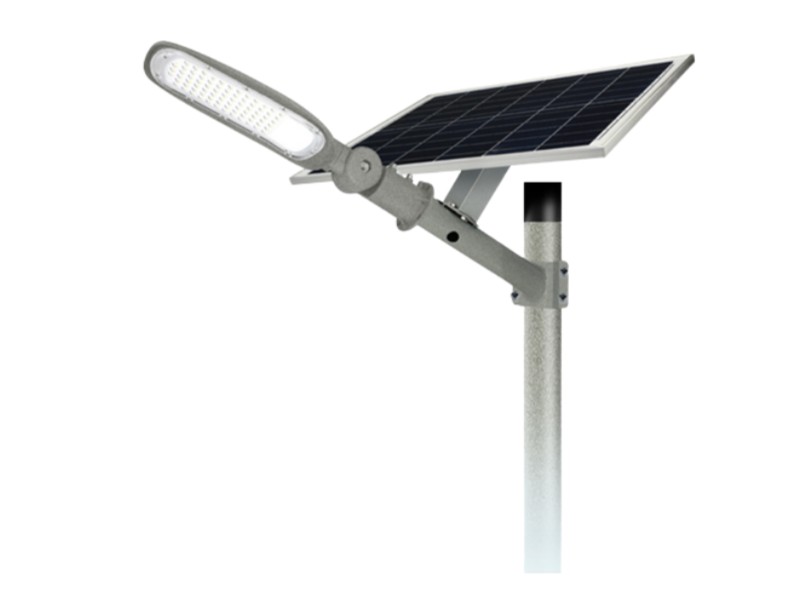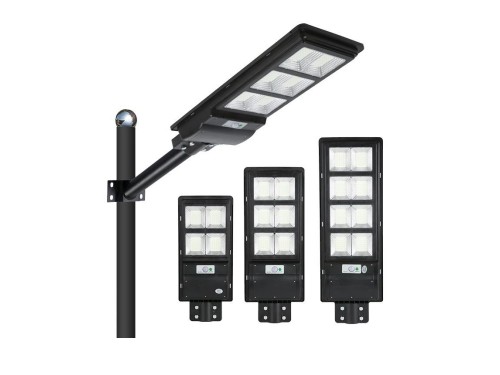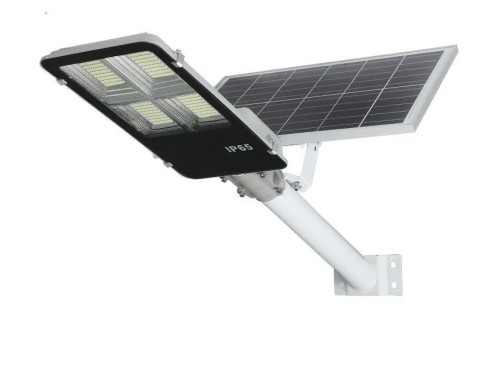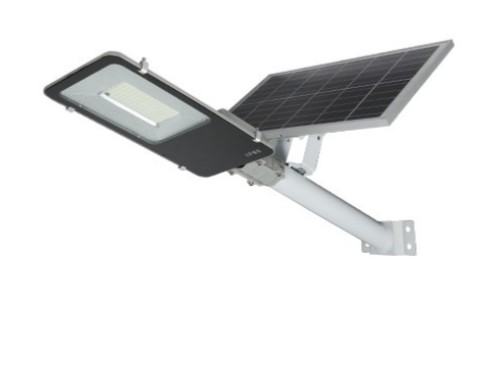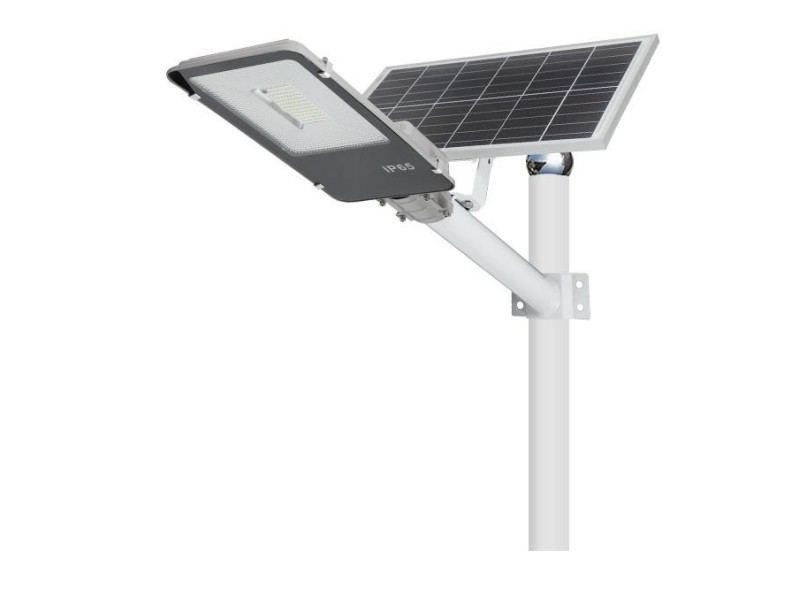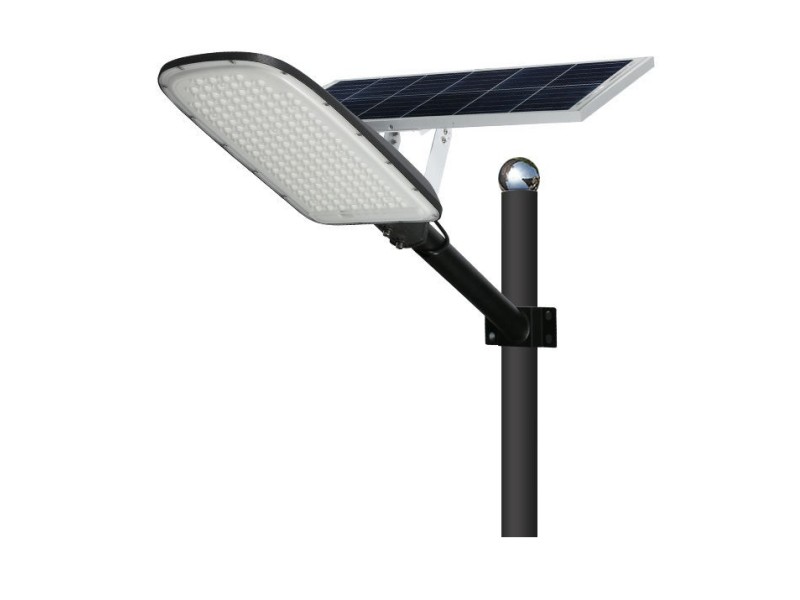LED Street Light
Ledhome will provide LED street light with robust quality and reasonable prices for you.
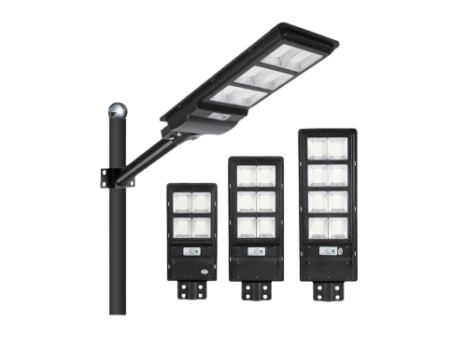
-
LED Street Light
Adjustable Solar SMD LED Street Light (200W)
-
LED Street Light
Adjustable Solar SMD LED Street Light (100W)
-
LED Street Light
Radar Solar SMD LED Street Light (60-120W)
-
LED Street Light
Outdoor Solar SMD LED Street Light (200W)
-
LED Street Light
Outdoor Solar SMD LED Street Light (150W)
-
LED Street Light
Outdoor Solar SMD LED Street Light (100W)
-
LED Street Light
Outdoor Solar SMD LED Street Light (600W)
-
LED Street Light
Outdoor Solar SMD LED Street Light (300W)
Features of LED Street Light
The difference between LED street light and traditional street light is that the LED light source adopts low-voltage DC power supply, high-efficiency white light synthesized by GaN-based power blue LED and yellow, which has high efficiency, safety, energy saving, environmental protection, long life, fast response speed, and color rendering. The unique advantages of high index can be widely used in roads. The outer cover can be made, high temperature resistance up to 135 degrees, low temperature resistance up to -45 degrees.
Advantages of LED Street Light
1. Its own characteristics – unidirectional light, no light diffusion, to ensure lighting efficiency.
2. The LED street light has a unique secondary optical design, which irradiates the light of the LED street light to the area that needs to be illuminated, further improving the lighting efficiency and achieving the purpose of energy saving.
3. The light efficiency of LEDs has reached 110-130lm/W, and there is still a lot of room for development, with a theoretical value of 360lm/W. The luminous efficiency of high-pressure sodium lamps increases with the increase of power. Therefore, the overall luminous efficiency of LED street lamps is stronger than that of high-pressure sodium lamps; (this overall luminous efficiency is theoretical, in fact, the luminous efficiency of high-pressure sodium lamps above 250W is higher than that of LED lamps. ).
4. The light color rendering of LED street light is much higher than that of high pressure sodium lamp. The color rendering index of high pressure sodium lamp is only about 23Ra, while the color rendering index of LED street light is above 75Ra. From the perspective of visual psychology, to achieve the same brightness, the illuminance of LED street light On average, it can be reduced by more than 20% compared with high pressure sodium lamps.
5. The light decay is small, the light decay in one year is less than 3%, and it still meets the road requirements after 10 years of use, while the high pressure sodium light decay is large, and it has dropped by more than 30% in about a year. Therefore, LED street lights are designed in terms of power usage. Can be lower than high pressure sodium lamps.
6. The LED street light has an automatic control energy-saving device, which can achieve the maximum possible power reduction and save energy under the condition of meeting the lighting requirements of different periods. It can realize computer dimming, time-segment control, light control, temperature control, automatic inspection and other humanized functions.
7. Long lifespan: It can be used for more than 50,000 hours and provides a three-year quality assurance. The disadvantage is that the life of the power supply is not guaranteed.
8. High luminous efficiency: Using chips of ≥100LM or more can save energy by more than 75% compared to traditional high pressure sodium lamps.
9. Easy installation: no need to bury cables, no rectifiers, etc., directly connect to the lamp pole or nest the light source into the original lamp shell.
10. Excellent heat dissipation control: The temperature in summer is controlled below 45 degrees, and passive heat dissipation is adopted, and the heat dissipation guarantee in summer is insufficient.
11. Reliable quality: The circuit power supply adopts high-quality components, and each LED has its own over-current protection, so there is no need to worry about damage.
12. Uniform light color: no lens is added, and uniform light color is not sacrificed to improve brightness, so as to ensure uniform light color without aperture.
13. LEDs do not contain harmful metal mercury, which will not cause harm to the environment when they are scrapped.
Combining the above principles, the energy-saving effect is remarkable, and the replacement of high-pressure sodium lamps can save more than 60% of electricity.
Low maintenance cost: Compared with traditional street light, the maintenance cost of LED street light is extremely low. After comparison, all investment costs can be recovered in less than 6 years.
Standard for LED Street Light
This standard specifies the definition, product classification, model and nomenclature, technical requirements, test methods, inspection rules and requirements for signs, instruction manuals, packaging, transportation and storage of LED (light emitting diode) street light.
This standard applies to LED (Light Emitting Diode) street light for road, street, tunnel lighting and other outdoor public lighting with DC power below 250V or AC power below 1000V.
1) Electrical properties of lamps
When LED street light works under the nominal rated power supply voltage and rated frequency, the difference between the actual power consumption and the rated power should not be greater than 10%, and the power factor should not be less than 0.92.
2) Protection class
The protection level of LED street light should not be lower than IP67 for A-class products; B-class products should not be lower than IP66; C-class products should not be lower than IP65.
3) Average lifespan
The rated average life of LED street light should not be less than 30000h.
4) Maximum temperature
LED street light rated maximum temperature Tc value should not be greater than 58 ℃.
5) Maximum heat sink temperature
The maximum heat sink temperature of each LED tube in the luminaire should not be greater than 65°C.
6) Main light parameters
7) Noise immunity
The surge suppression performance (anti-lightning) should not be lower than 2kV (line-line) and 4kV (line-ground).
8) Light distribution characteristics
When some of the LED bulbs in the luminaire are extinguished or the lights are dimmed, the shape of the spot and the uniformity of the road illumination should not change significantly.
The Most Effective Way to Prevent Street Light from Being Damaged by Lightning
1. Combination of external lightning protection and internal lightning protection
The outside of the general LED street light is made of conductor materials, which itself is equivalent to a lightning rod. In the design, down-conductors and grounding nets must be installed. These systems constitute an external lightning protection system. This system can avoid fire and personal safety accidents caused by direct lightning strike of LED street light. The internal lightning protection system refers to the protection of the equipment by grounding, setting voltage protection, etc. inside the street light. The system can prevent inductive lightning and other forms of over-voltage intrusion, resulting in power damage, which is not guaranteed by external lightning protection systems. The two complement each other and complement each other. The internal lightning protection system must be connected to the external lightning protection system or set up overvoltage protectors on many components such as the casing, cables entering and leaving the protection zone, and metal pipes, and perform equipotential bonding.
2. Lightning protection equipotential bonding
In order to completely eliminate the destructive potential difference caused by lightning, power lines, signal lines, metal pipes, etc. should be equipotentially connected with overvoltage protectors, and local equipotential bonding should be performed at the interface of each inner protection zone. The local equipotential junctions are connected to each other and finally to the main equipotential point.
3. Set up lightning protection zones
In addition to the power supply equipment, the LED street light will also set up some communication equipment to control the switch and brightness of the street light. These equipment and power supply need to be placed in the lightning protection area, and the protection area is directly shielded by the shell. The electromagnetic field here is much weaker.
4. High-quality protection equipment – lightning protection module and overvoltage protection module
The function of the lightning arrester is to connect the protected system to the equipotential system in the shortest time (nanosecond level), so that each port of the equipment is equipotential. At the same time, the huge pulse energy generated by lightning strikes in the circuit is released to the ground through the short-circuit line, reducing the potential difference of each interface end of the equipment, thereby protecting the equipment.
Inspection procedure
LED street light power modules must not only be designed in accordance with the above requirements, but also must undergo strict inspection procedures:
1. The control device with constant voltage output function or constant current output function or both functions shall be inspected by GB19510.12/IEC61347-2-13 safety standard.
2. For the control device that only has the function of controlling the LED brightness, flashing, color and other logical changes, the GB19510.12/IEC61347-2-11 safety standard shall be used for inspection.
3. If a control device has both functions of the above two, it should be inspected in accordance with the GB19510.12/IEC61347-2-13 safety standard.
Practice has proved that after scientific design and strict inspection, it can not only ensure that the LED street light system is not damaged by lightning, but also prevent the common mode and differential mode interference of lightning to power equipment.
Contact us for a quick quote to make your lighting business more profitable
Talk to us about your needs, let our business more easily!

